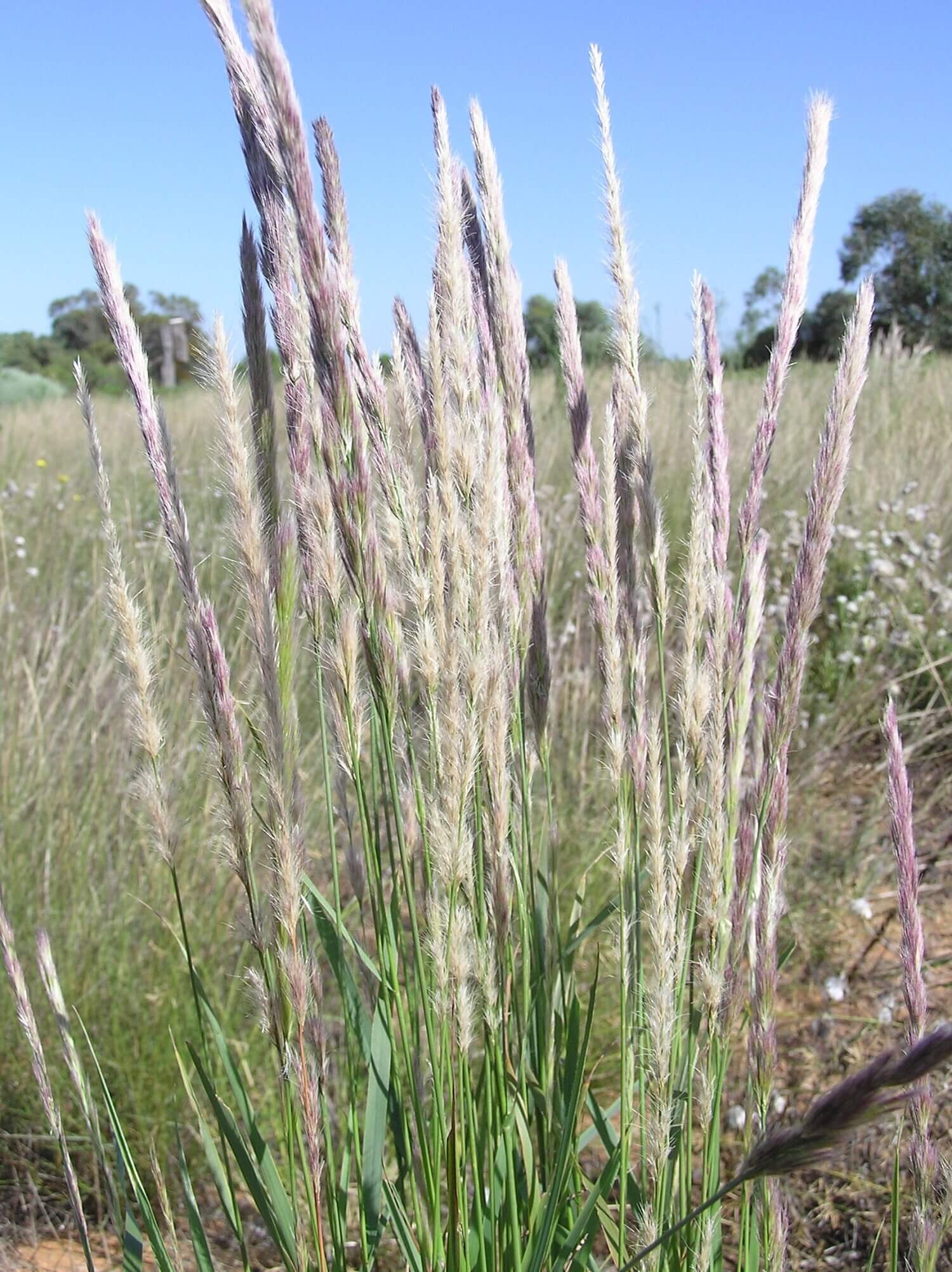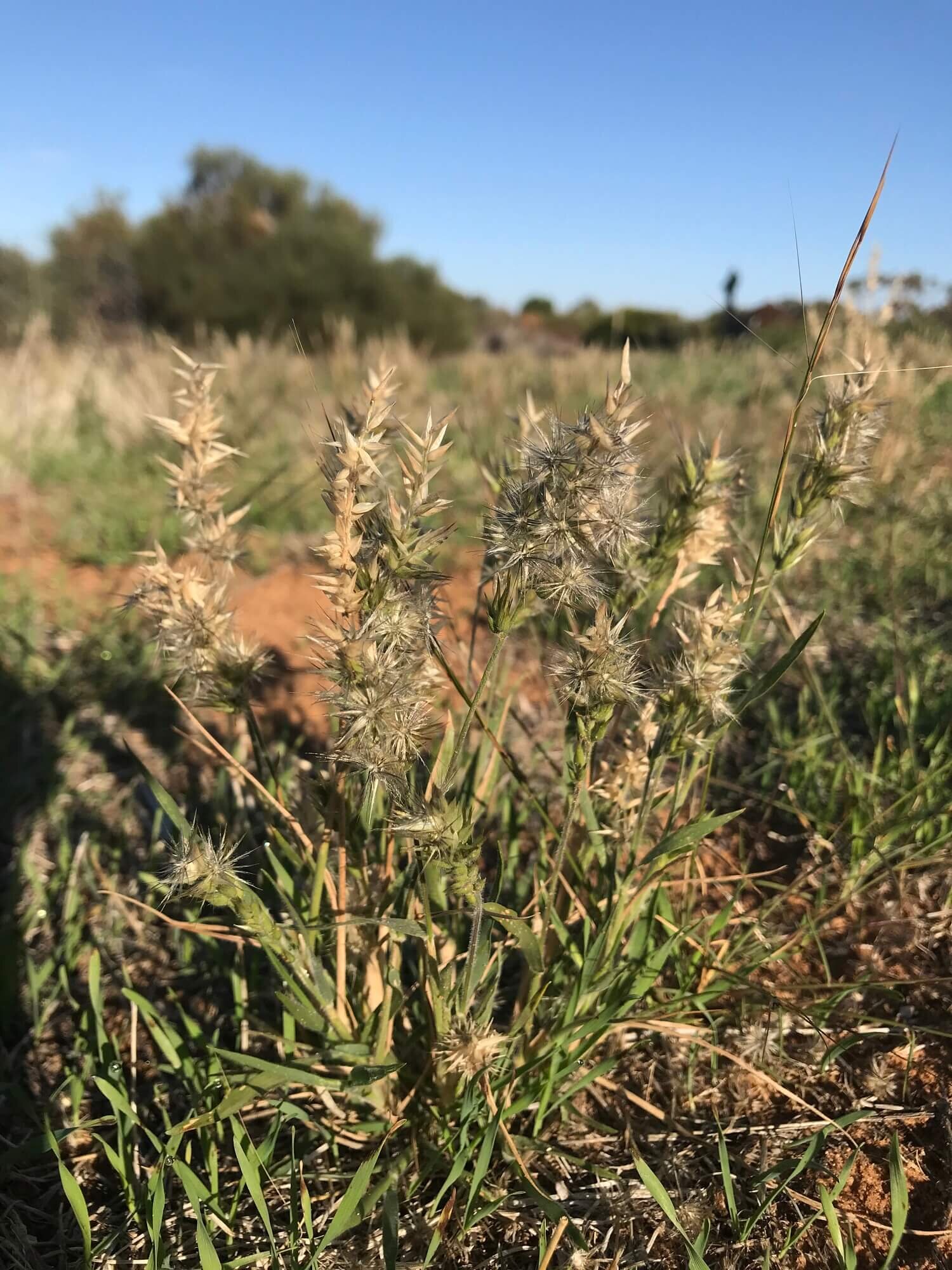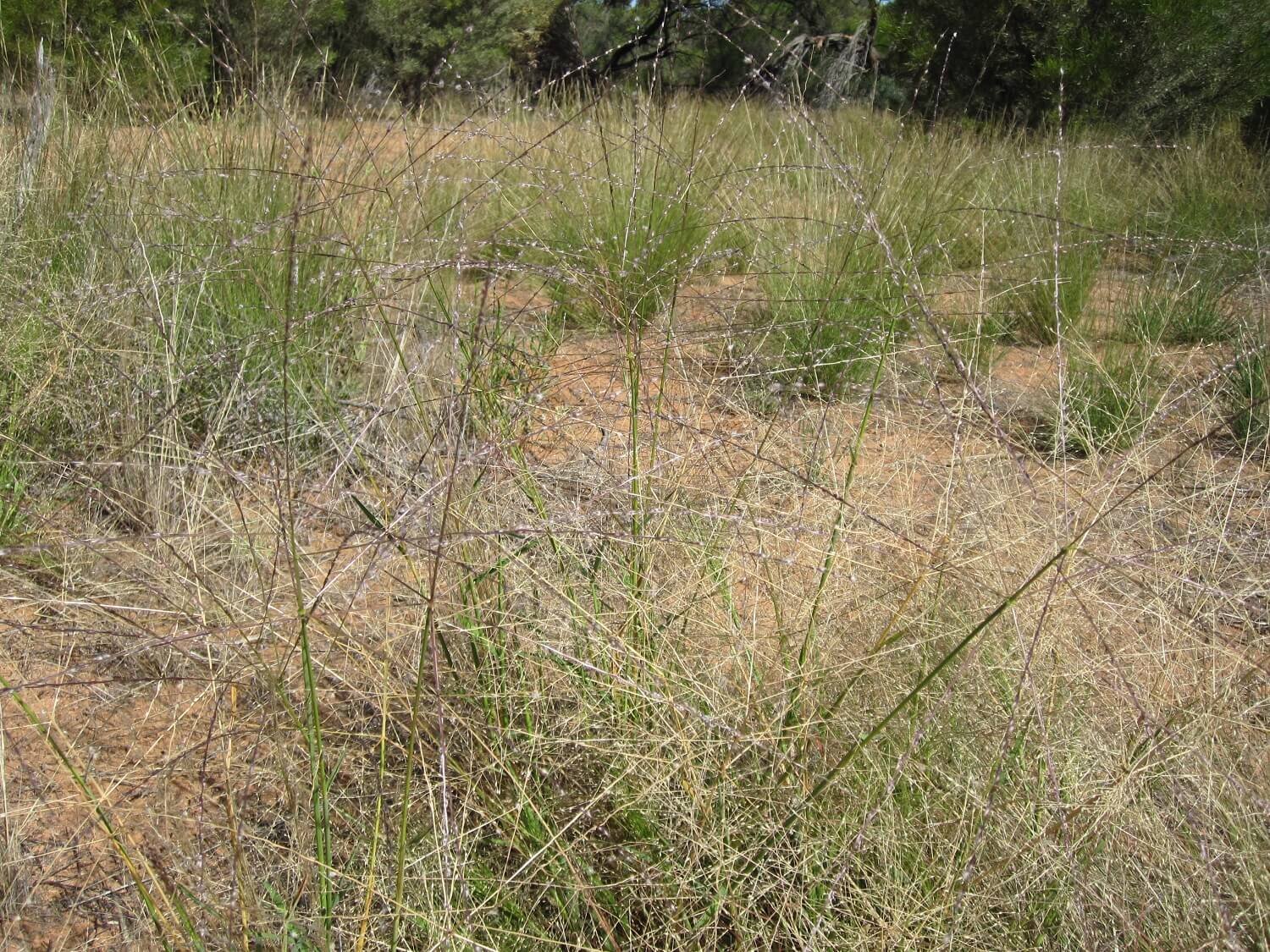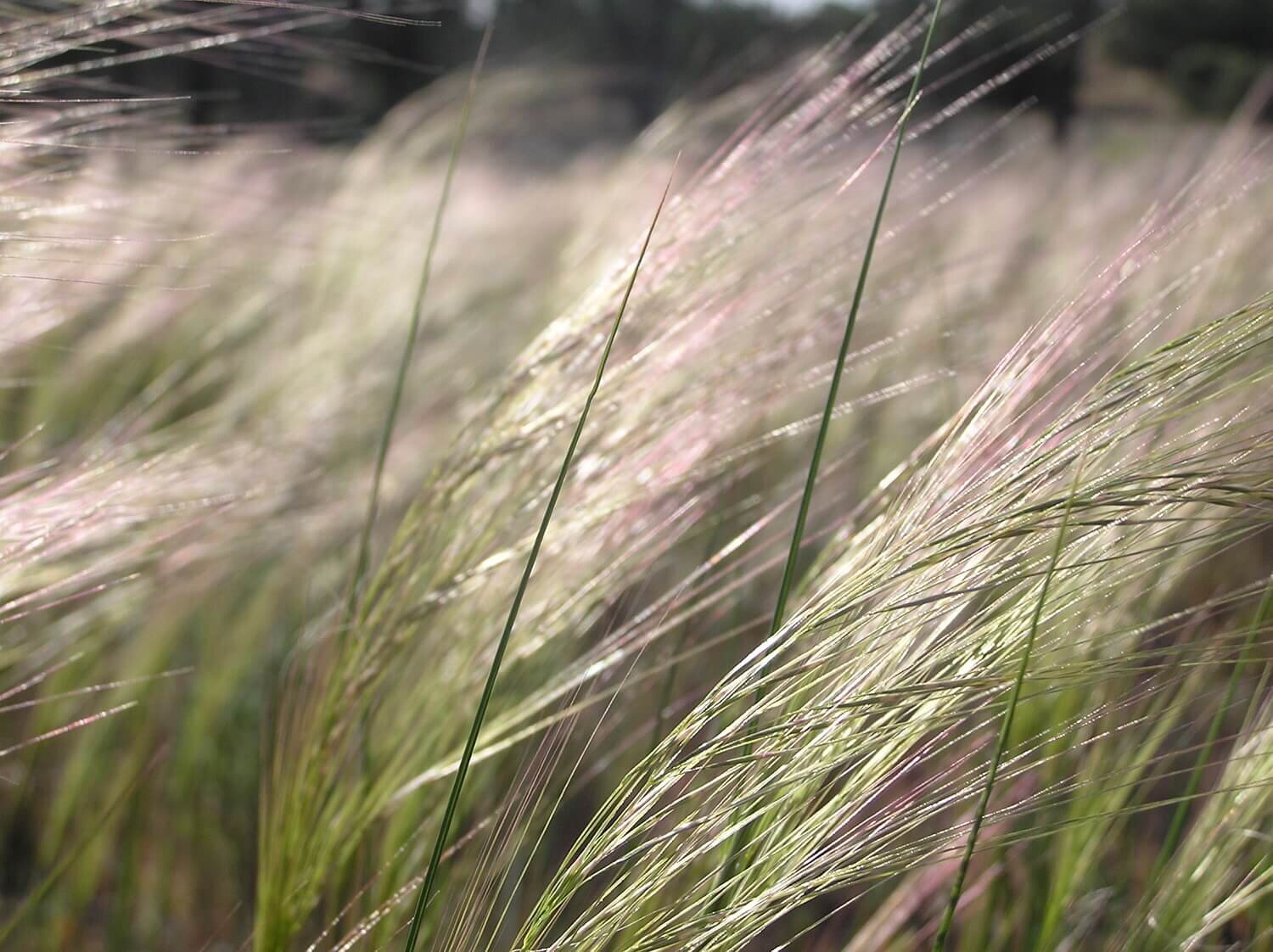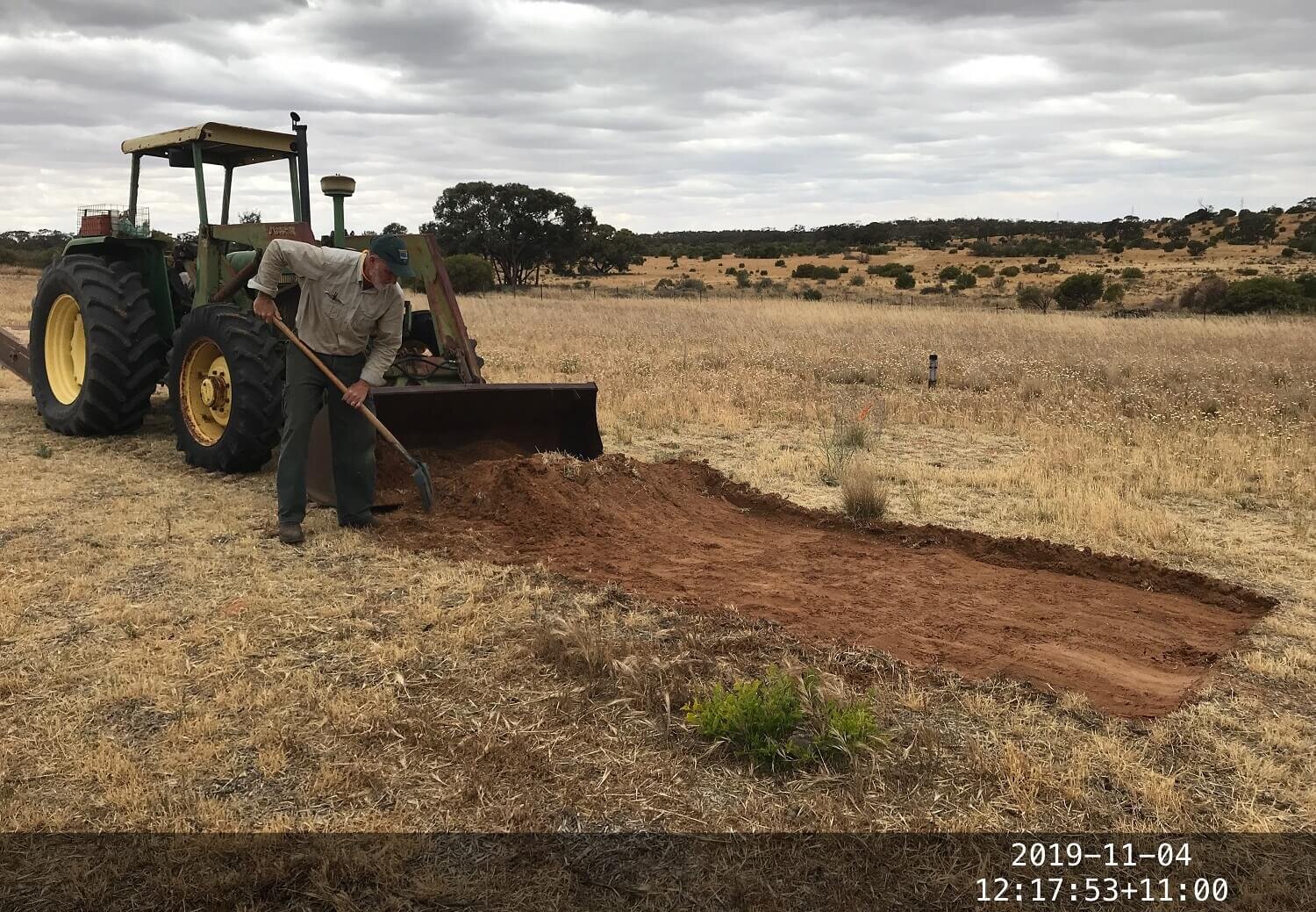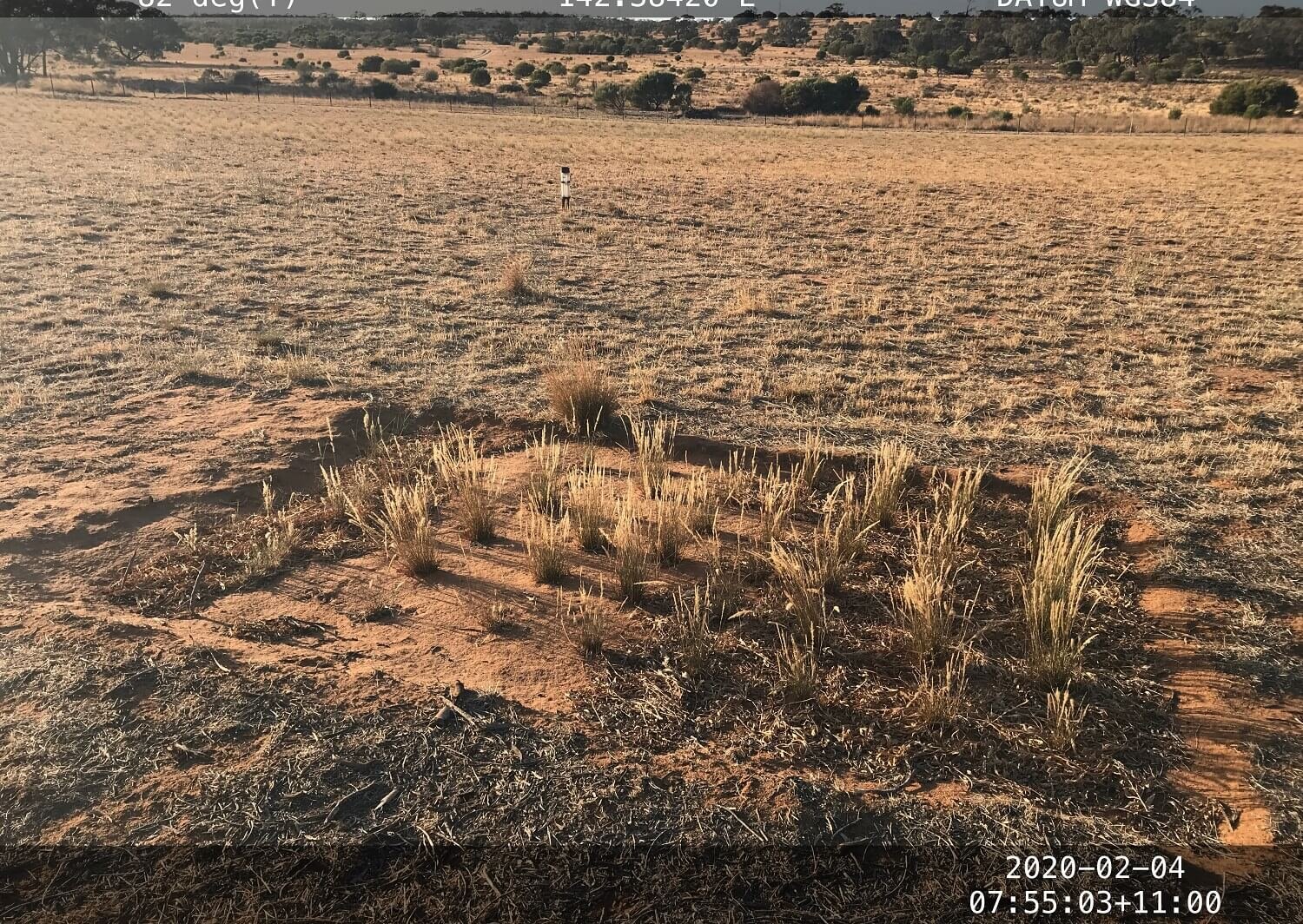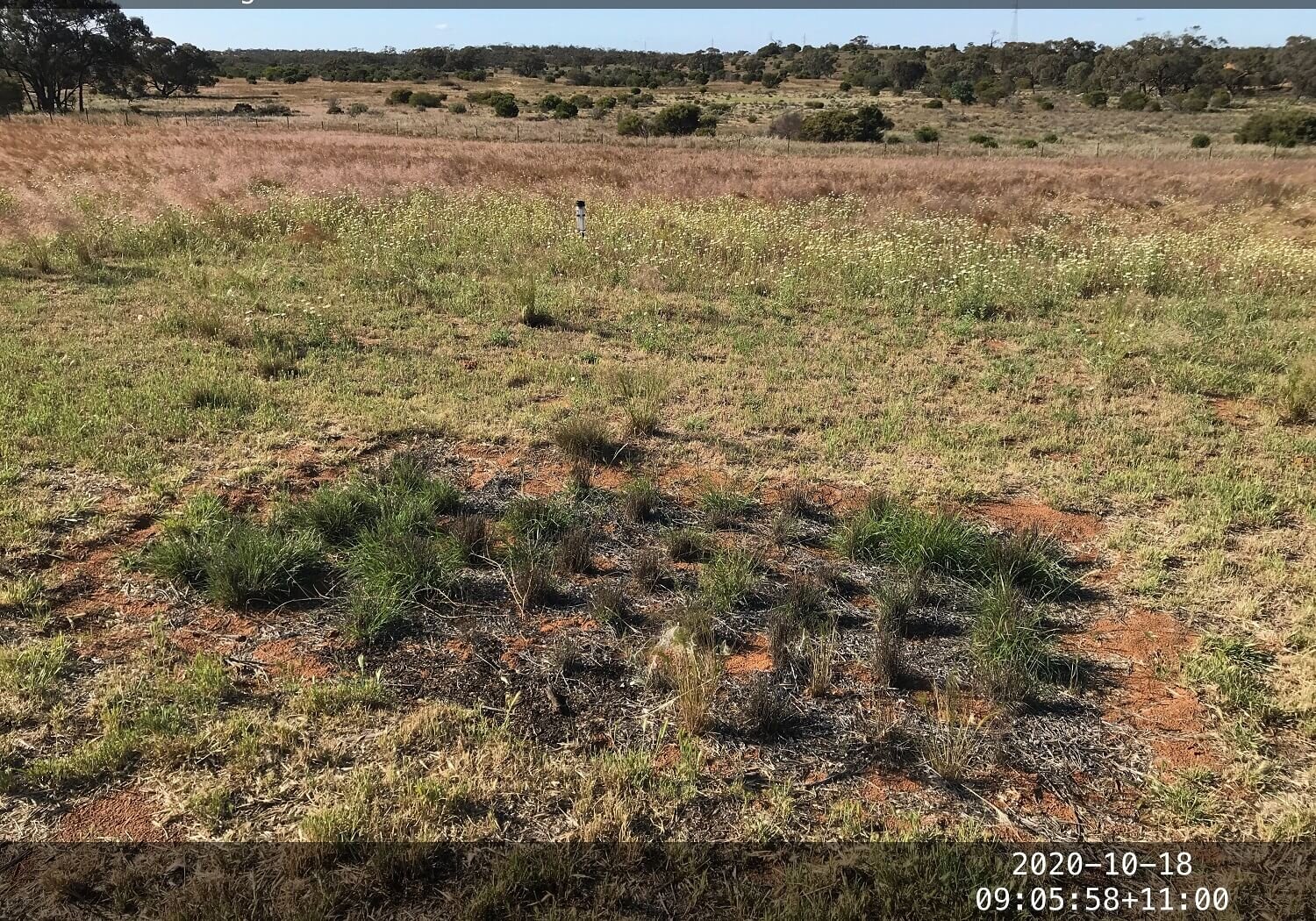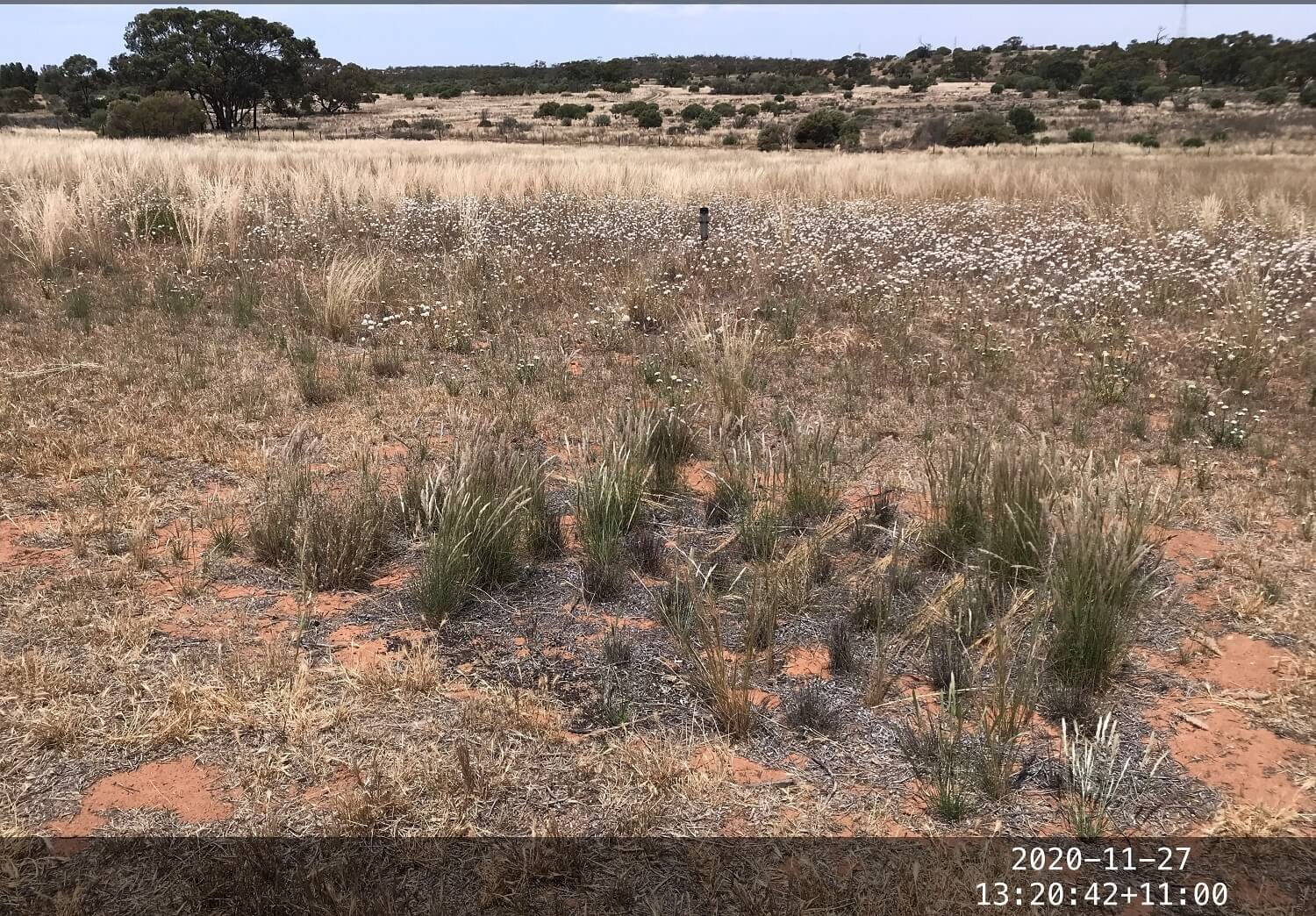Grasslands - to scalp or not to scalp?
I’ve been quite inspired by the Woorndoo Land Protection Group and their work to restore the grasslands of the Victorian Volcanic Plains in south-western Victoria. Incredible stuff. Scalping the land to remove topsoil full of nutrients and weed seeds and then introducing grassland species, mainly via direct-seeding, with some tube-stock planting. The results are splendid and from the photos I’ve seen, well worth a drive to visit the roadsides.
The concept of “scalping” is pretty confronting for many of us who have been taught to avoid soil disturbance as much as possible, but the results speak for themselves. I recommend “Land of Sweeping Plains” to anyone with grassland restoration questions.
We have a native grass paddock near our house which is fenced from kangaroos and is lavished with much attention (endless weeding, thanks dad). We have about twelve species of native grasses, as well as herbs and forbs, but in one part the Barley Grass has defeated us. So, in November 2019, we decided to try scalping. I cried when Phil lowered the tractor bucket and carted away a load of topsoil. Into the bare earth I planted half with Purple Plume Grass (Triraphis mollis) tubestock and direct seeded the other half with Bottlewashers (Enneapogon avenaceus). There was a bit of native Purple Lovegrass (Eragrostis lacunaria) and Silky Umbrella Grass (Digitaria ammophila) in the mix too.
I must admit, I panicked about the bare earth. In a most unscientific experiment I threw everything at it. I limed it to address water repellency, added pelletised worm castings, watered it a lot and even covered the sand with hand-cut tips from wattle branches (Acacia ligulata). But the grasses all grew and looked great. All the species I planted were summer-growing perennial (C4) species, and they die back in winter. So in Spring, I slipped in some Spear Grass (Austrostipa scabra) tubestock, which is a winter growing C3 grass. I’m hoping to have year-round cover of native grasses.
I watched the little grass patch carefully for signs of Barley Grass invasion, but there were only a few plants, easily plucked out. Such a contrast to the adjoining areas which I decided to treat by mowing and brush-cutting the Barley Grass before it set seed, dodging around any native grass tussocks. Five times I mowed it and the seed heads just kept coming! I don’t think it is possible to stop Barley Grass from seeding by cutting it. (Yes, I know you told me so, Phil)
This year, as the weather warmed up my little grass patch just took off! Most of the Bottlewashers and Purple Plume Grass tussocks have re-sprouted from the winter-dormant tussocks and were lush and seeding long before any other tussocks in the paddock. I think this was because there was no competition from the Barley Grass. There are also a few seedlings coming up around the grass patch, I assume from last year’s seed set, so the little grass patch is acting as a seed production area and the native grasses are spreading.
March 2020
November 2020
What’s next? I am a scalping convert in areas where weeds can’t be managed. I don’t think I’ll ever be able to afford a large-scale scalp like Woorndoo, Euroa Arboretum or some of Paul Gibson-Roy’s or Flora Victoria’s sites. But, on our 470 hectares, I can see lots of small scalps, direct seeded, which will act as seed production areas to replenish the native grasses in our semi-arid landscape … and perhaps I’ll add some Murnong / Yam daisy (Microseris walteri), and some of the other tuber-forming herbs like the Mallee Fringe Lilly (Thysanotus baueri) and some of the Mulla Mulla (Ptilotus) species. Just need to convince Phil, and manage the grazing pressure from kangaroos …
Jazz in the Spear Grass and Long-tails (Ptilotus polystachyus). This is a rare plant in Victoria and I can remember when I found the first plant on Raakajlim in 2009. Now look at it!


